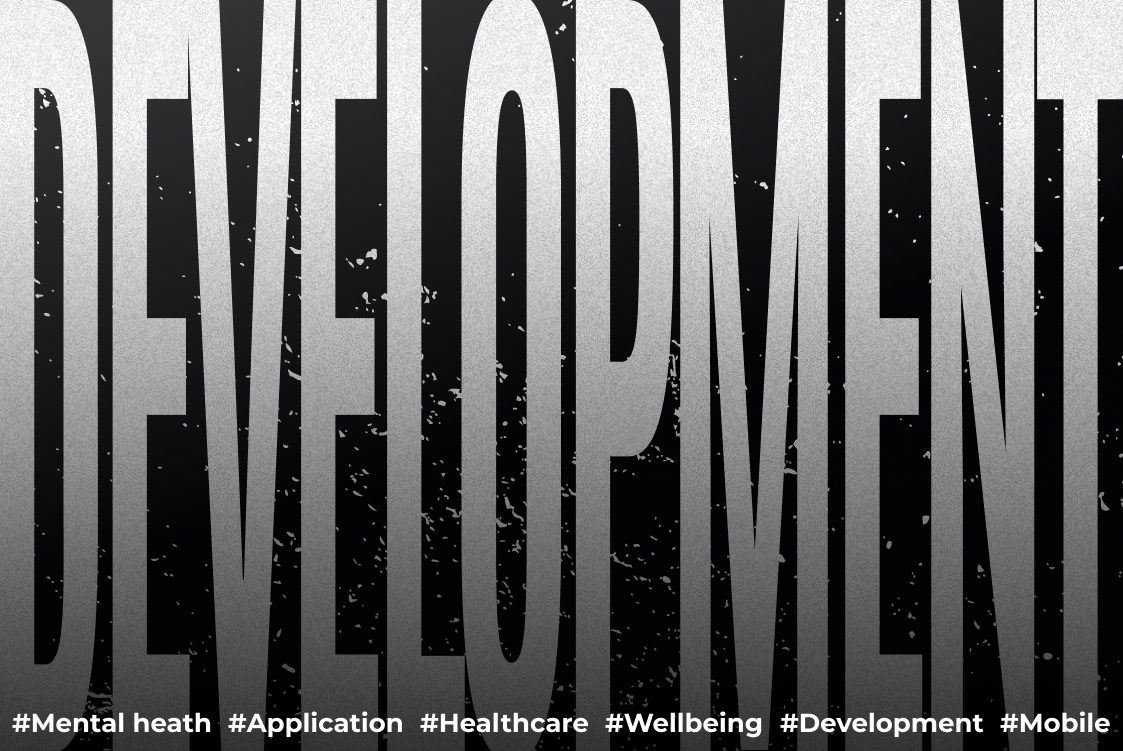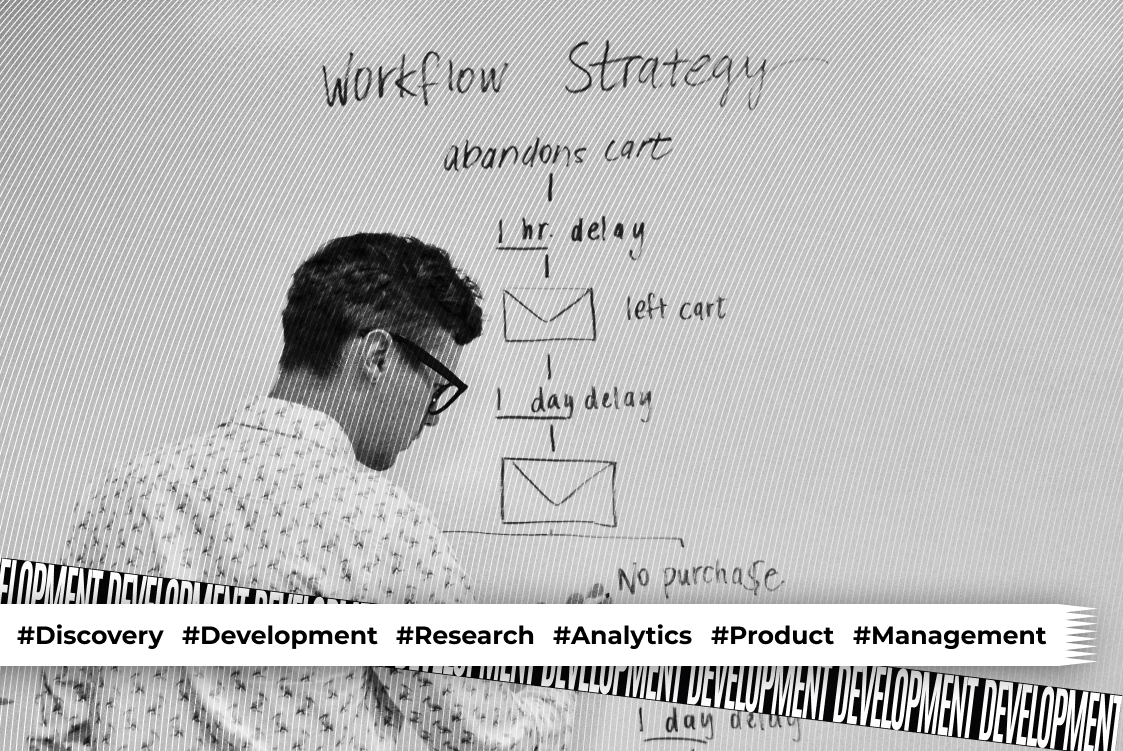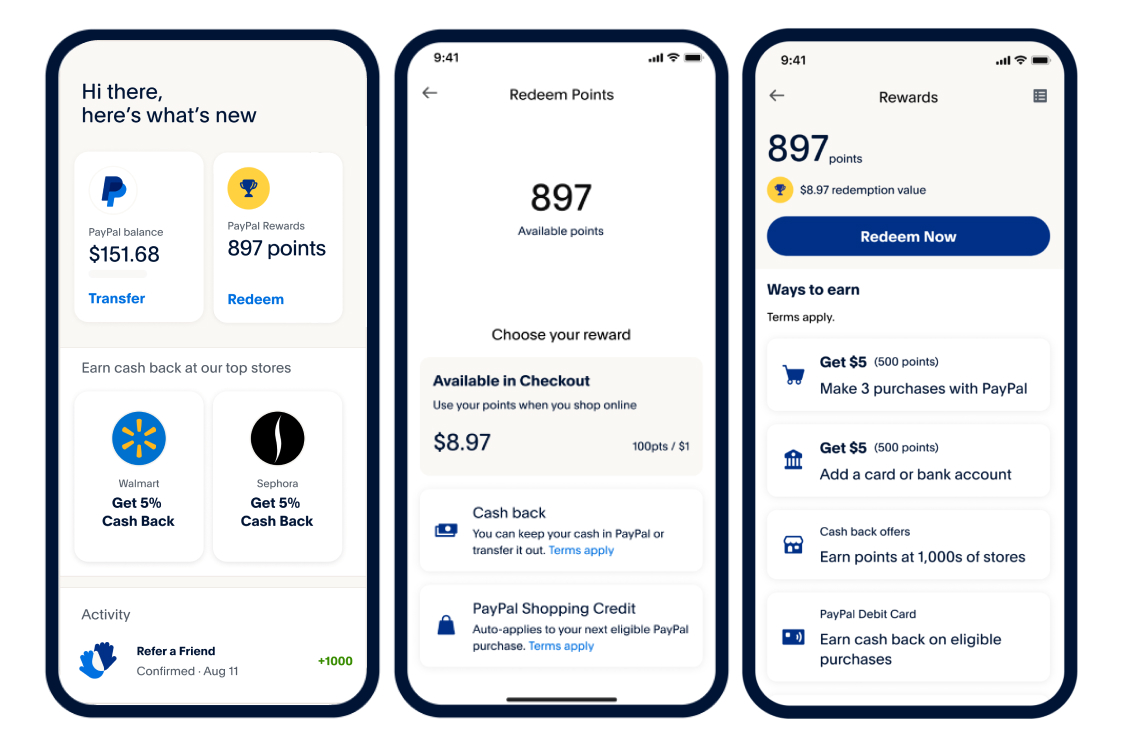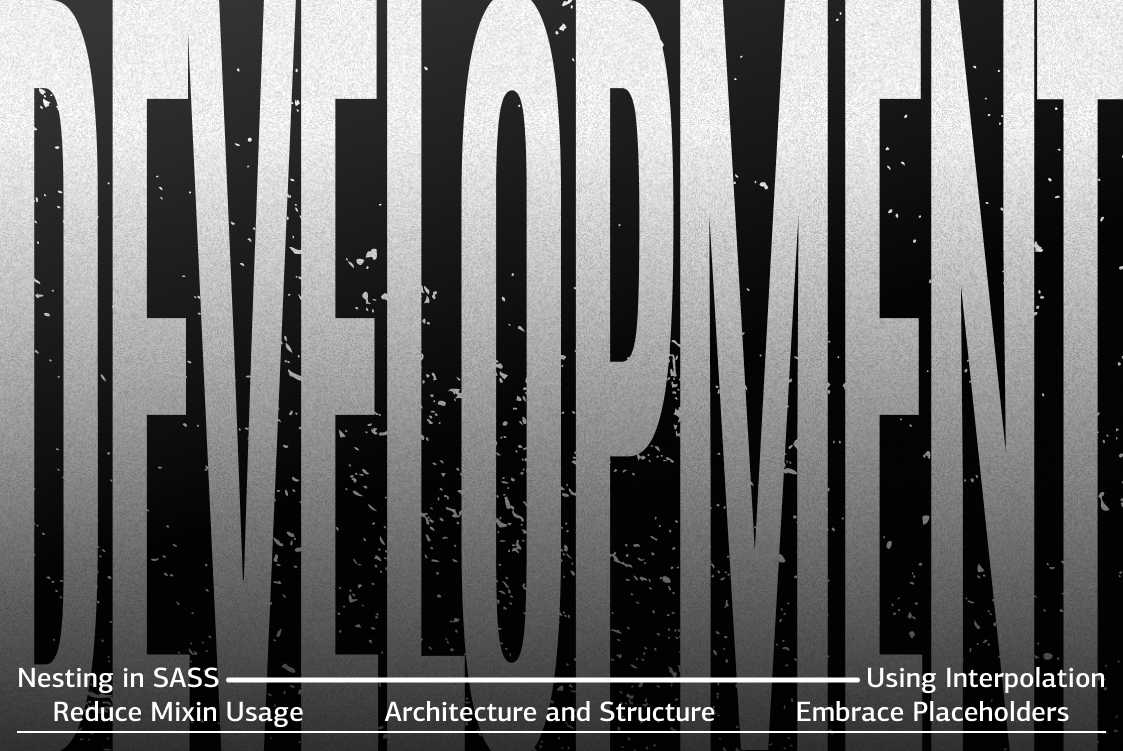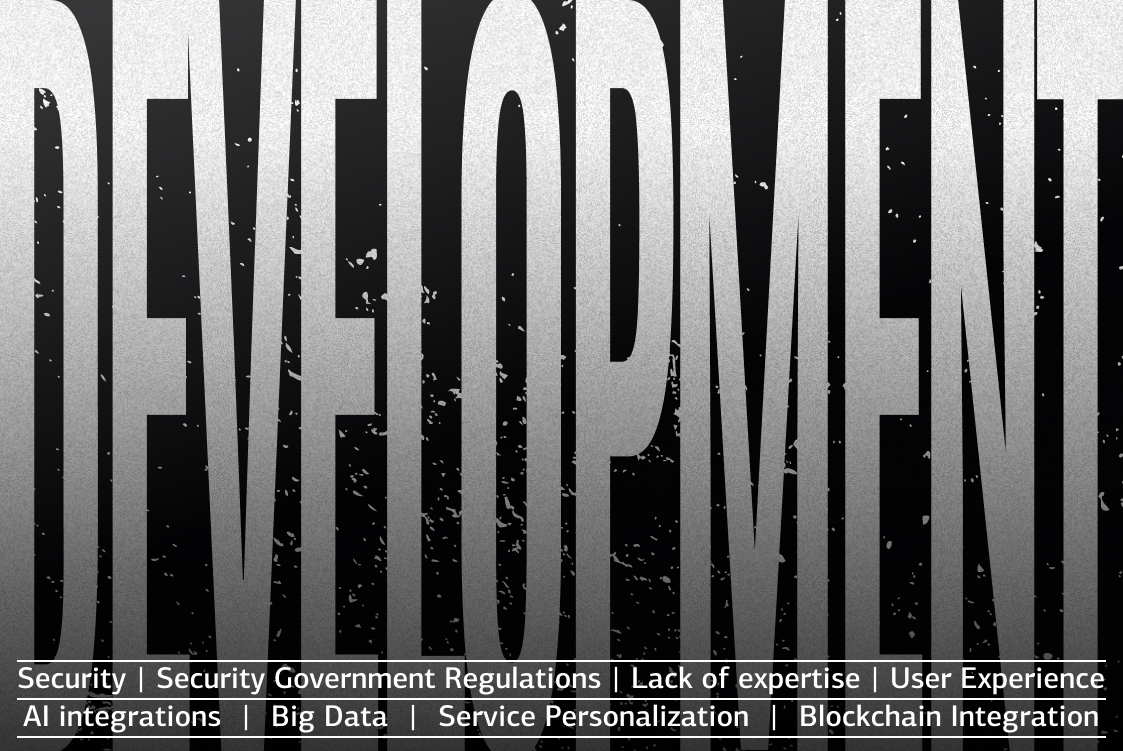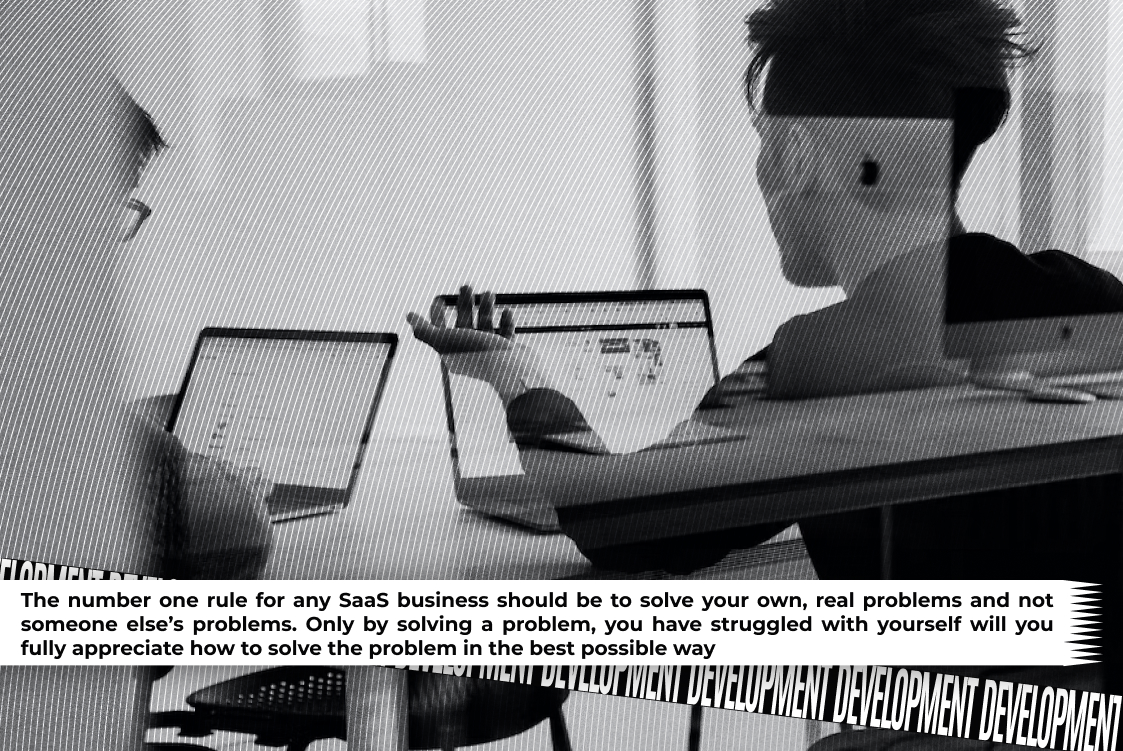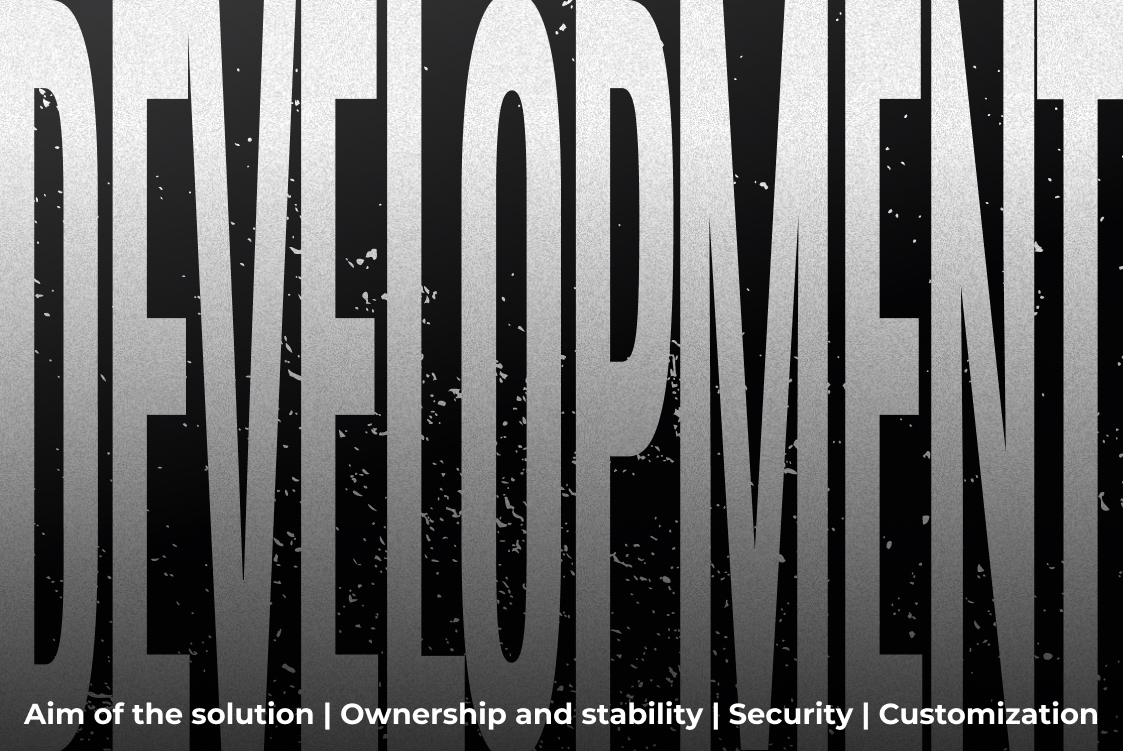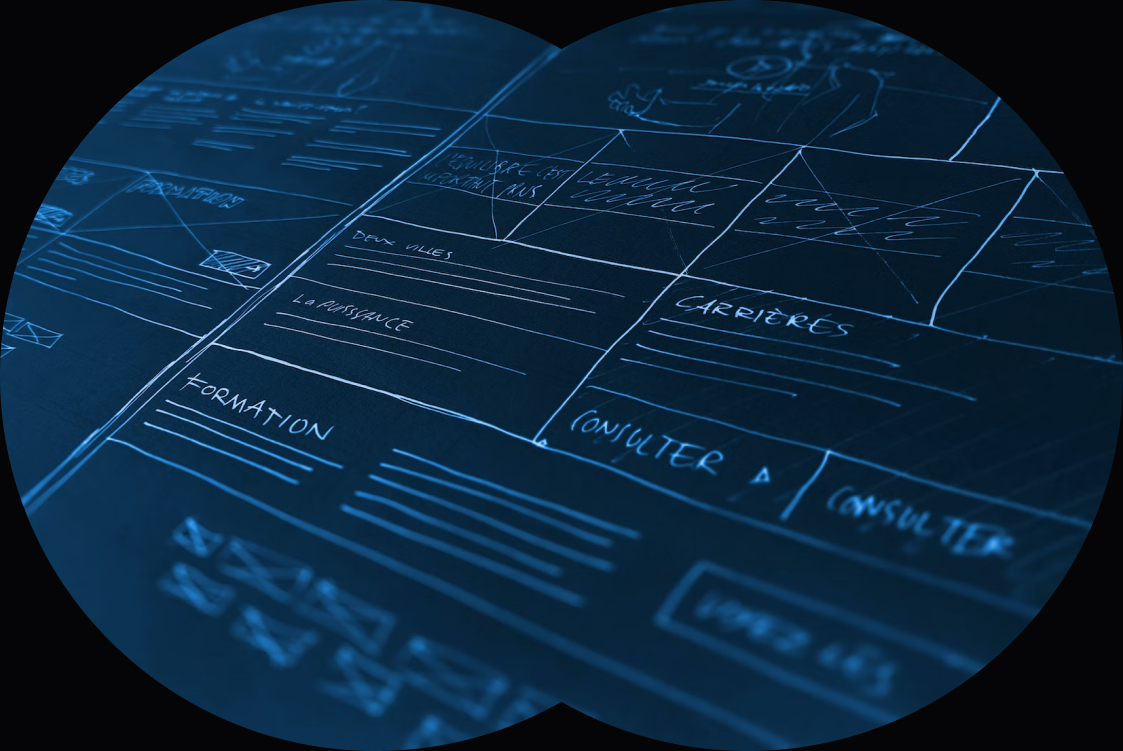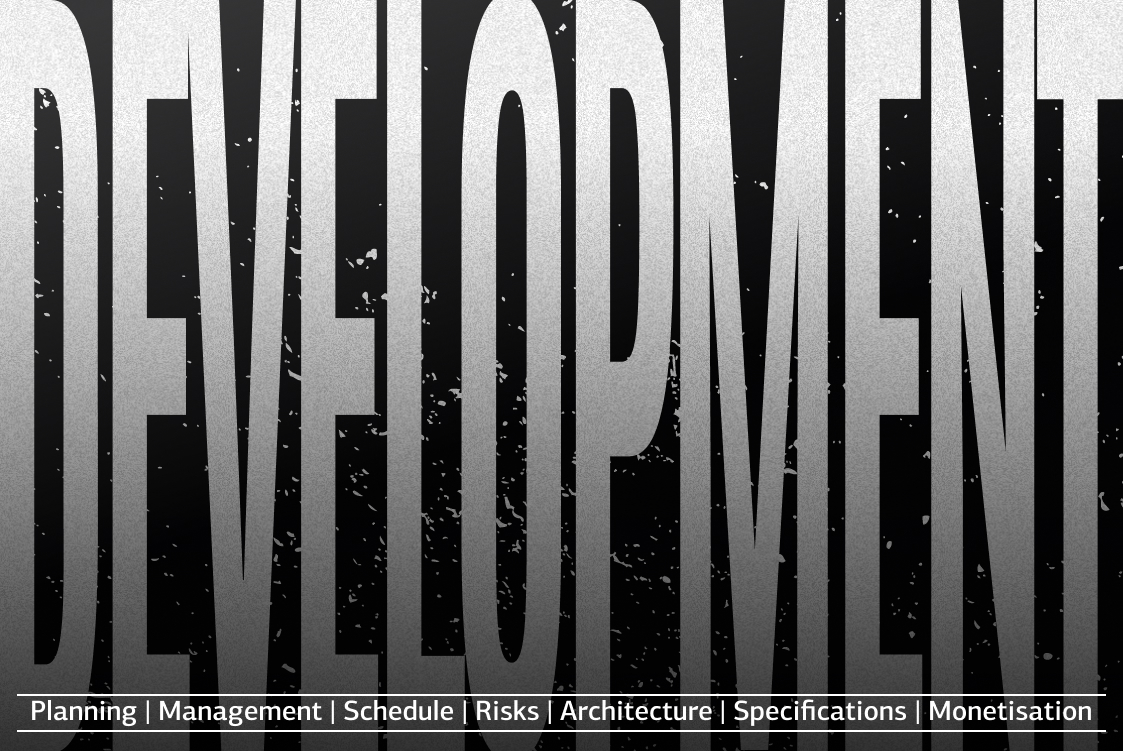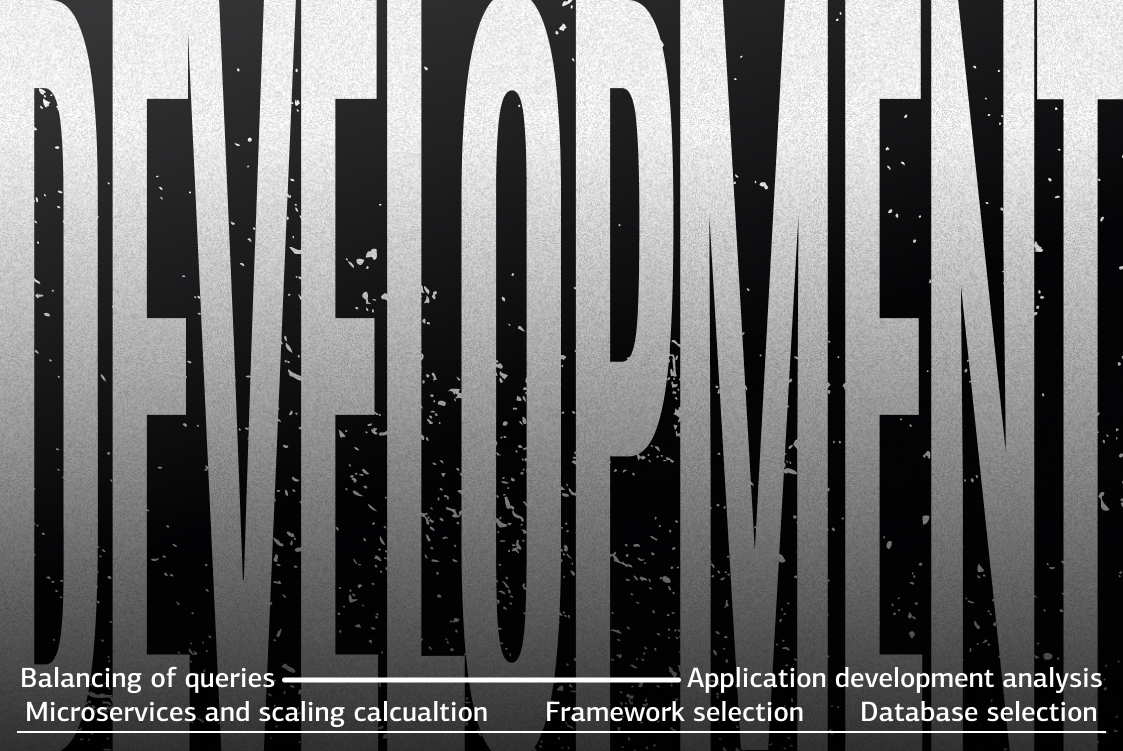The healthcare industry has seen significant improvements due to digitalization. One notable area of progress is in patient-physician relationships, and another is in record keeping. The development of electronic health record (EHR) software has become indispensable in today’s work environment. According to the latest report, a certified EHR platform is used by 95% of hospitals in the United States. This system provides physicians with a comprehensive view of a patient’s health.
With an EHR system, healthcare providers can easily access patient health information, and the need for paperwork is significantly reduced. Additionally, automating healthcare administration is made possible through the development of this software.
This EHR tutorial will address the how to create EHR software question. Developing software and applications requires careful planning and execution, which we will describe below.
What are EHR Systems?
Electronic Health Record (EHR) Systems are computerized systems that digitally store and manage patient medical information. EHRs have replaced paper-based patient charts and provide healthcare providers instant access to a patient’s medical history, medications, allergies, laboratory results, and other pertinent information.
EHR systems also provide tools for clinicians to manage patient care, such as clinical decision support and electronic prescribing. They can also improve the accuracy and completeness of medical records, reduce errors and improve patient safety, and enhance coordination and communication among healthcare providers.
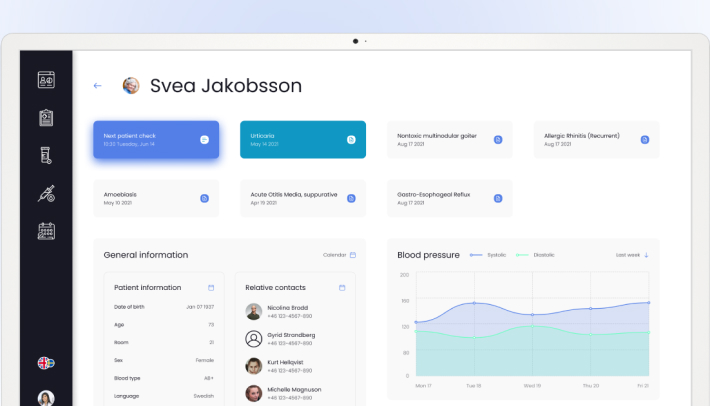
EHR systems are an essential part of modern healthcare and have become increasingly prevalent in healthcare settings worldwide. Their adoption has been encouraged by governments, regulatory agencies, and professional organizations as a way to improve the quality and efficiency of healthcare delivery. Let’s move on with a guide on how to create EHR software.
Benefits of EHR Systems
According to a recent study, 41.06% of practices stated that their motive for implementing an EHR is to facilitate growth.
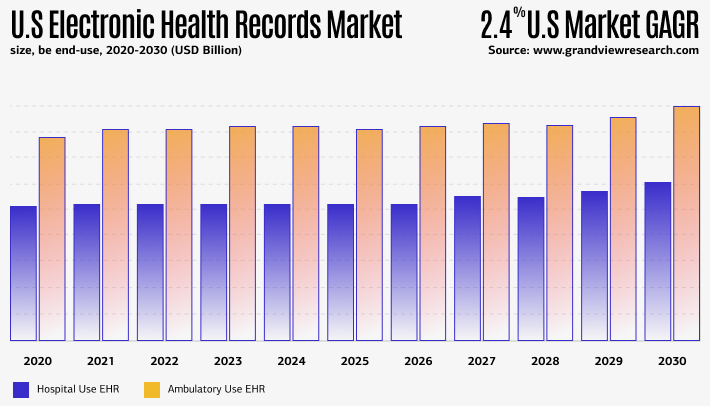
If you share the same objective, you can strategize on using an EHR system to automate most of your practice tasks, thereby increasing efficiency and functionality. There are various benefits:
Improved Patient Care
EHR systems enable healthcare providers to access a patient’s complete medical history, including previous diagnoses, medications, and test results. This information helps providers make more informed decisions, improving patient care.
Enhanced Efficiency
Electronic Medical Record systems automate many of the administrative tasks that used to be done manually, such as record keeping and billing. This automation saves time and reduces errors, allowing providers to spend more time with patients.
Increased Patient Safety
These systems reduce the likelihood of errors in medication orders and other aspects of patient care. Alerts can be set up to warn providers of potential medication interactions or allergies, and the system can flag abnormal test results.
Cost Savings
EHR systems can reduce healthcare costs by eliminating the need for paper records, reducing the time needed for administrative tasks, and improving the accuracy of billing and coding.
Improved Communication and Coordination
Electronic Medical Record systems enable healthcare providers to share patient information easily, improving coordination among healthcare providers and reducing duplication of tests and procedures.
Research and Population Health
They provide a wealth of data that can be used to conduct research and improve population health. This data can be used to identify trends in patient populations, track disease outbreaks, and monitor the effectiveness of treatments.

Features of an EHR System in 2023
Patient Portal
Identifying must-have features is crucial in building an EHR system, and creating a patient portal is a fundamental yet critical component. This page is a patient’s information hub, including their name, age, medical history, allergies, lab test results, medication details, and more. The patient portal on the electronic medical record system is accessible to all relevant personnel, such as doctors, lab assistants, and the patient themselves.
Physicians can use the patient portal on the EMR software to record, add, and view patient data. Developing this function is integral to the entire system and should be included in the MVP (minimum viable product) version of the software.
E-prescriptions
An essential feature of an Electronic Medical Record (EMR) system is E-Prescriptions, which is a dedicated portal that records and maintains all prescriptions. It is critical to know how to build an EHR system that includes this feature, which documents treatments, conditions, and contradictions.
The primary objective of adding this feature is to increase the visibility of a patient’s health, allowing physicians and doctors to make informed decisions based on accessible information. With this feature, medical professionals can understand a patient’s past medical history, among other advantages of having an EHR system in hospitals.
Charting and Documentation
Including charting functionality is a core aspect of developing EMR software. Physicians and doctors prefer to avoid filling out forms and charts. Record software streamlines these tasks and makes them more efficient.
To create effective charting functionality, it is essential to consider smart aspects such as customizing chart templates, adding voice recognition and dictation features, and allowing responsive charts that optimize according to the device being used. If feasible and affordable, the inclusion of machine learning in the EHR system development process can automate processes such as auto-filling standard information and checkboxes. Employing an expert team of developers who know how to develop EHR with advanced techniques is crucial in developing an effective EMR system.
Integration with the Labs
During the EHR system development, it is important to consider lab integration features in the next step. This allows doctors to track and receive test results, enabling them to determine the appropriate treatment quickly and building credibility for the system. Lab technicians will know which tests to conduct, and doctors will receive accurate results.
To create an ideal EHR system, connecting a patient’s medical history with current procedures is essential. This way, even lab technicians will know the patient’s medical conditions. With such an electronic medical record system, lab technicians can identify markers of conditions and consult with doctors directly, improving the overall efficiency and accuracy of the system.
Access Control
Compliance is essential when learning how to build an EHR system. As per privacy rules, only authorized personnel should have access to a patient’s medical history. It is necessary to develop the EHR system with strict access control features to control access, ensuring that doctors, nurses, and other staff only have the required permissions. This helps to secure the application and create an efficient and privacy enhanced portal in a hospital.
These four features provide the basic infrastructure for the software and are essential in how to create EMR software guide. Once these features are in place, it becomes easier to modify the software. In addition to these features, an Electronic Medical Record System can be scaled and diversified to meet the specific needs of a hospital.
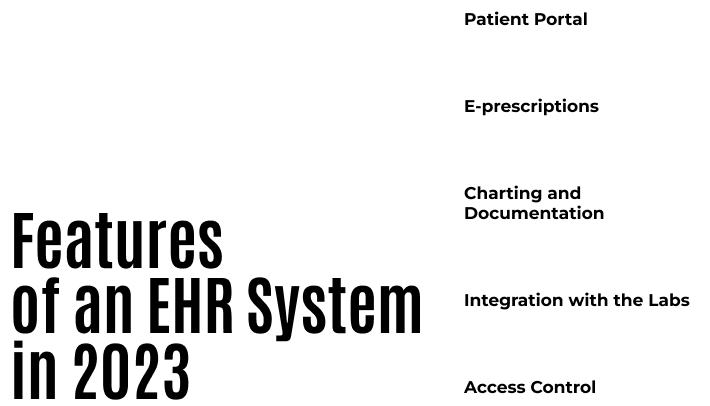
Tech Stack For Creating an EHR System
Creating an Electronic Health Record (EHR) system requires a comprehensive tech stack encompassing both front-end and back-end development. Here’s an overview of the tech stack you need to create an EHR system.
Front-End Development
The front-end development of an EHR system is the user interface that patients and medical personnel interact with. It must be user-friendly, visually appealing, and easily accessible. To achieve this, developers typically use a combination of technologies such as:
- HTML/CSS/JavaScript
These technologies provide the basic building blocks for the EHR system user interface. HTML provides the structure, CSS styles the user interface, and JavaScript adds interactivity and dynamic behavior.
- ReactJS
ReactJS is a popular front-end framework that provides a modular and scalable approach to building user interfaces. It is an excellent choice for building complex EHR systems that require a lot of user interactions.
- Bootstrap
Bootstrap is a responsive front-end framework that simplifies the development of responsive, mobile-first websites. It provides a set of pre-built UI components that developers can use to build EHR system interfaces.
Back-End Development
The back-end development of an EHR system is the server-side infrastructure that processes data and communicates with the database. To create a robust and scalable back-end, developers typically use a combination of technologies such as:
- Node.js
Node.js is a popular back-end framework that allows developers to build scalable and fast server-side applications. It is an excellent choice for building EHR systems that require real-time communication between the client and server.
- Express.js
Express.js is a minimalist web application framework for Node.js. It provides a set of robust features for building scalable and secure server-side applications.
- Ruby on Rails (RoR)
Ruby on Rails (RoR) is a popular open-source web application framework written in the Ruby programming language. RoR provides a range of features and tools, including database integration, routing, and scaffolding, making it an efficient and flexible option for building dynamic web applications.
Development Team
The development team is the next aspect to consider in the EHR tutorial to developing EHR or EMR software. It is important to have a team that is capable of handling custom development and creating niche healthcare software. Regardless, it is recommended to hire front-end developers, back-end developers, quality assurance professionals, project manager, UI/UX designers, DevOps, and business analytics. The number of specialists will depend on the project scope and requirements.
The Architecture of an EHR System
Creating a service-oriented architecture is crucial to developing an electronic medical record system. This type of architecture enhances interoperability, making it easier to share data across different systems.
To build the software with this approach, it’s important to divide the entire process into several modules. This enables developers to create a scalable and testable software that is interconnected with APIs. This interconnectedness ensures that the system can be scaled up and maintained with ease.
Since EHR software is used in the healthcare industry, it must be compliant with regulations such as HIPAA or GDPR, depending on the region. HIPAA compliance is necessary in the USA, while GDPR compliance is necessary in European countries.
The software architecture should also include the basic navigability of the EHR system. This means designing an intuitive interface that allows patients and doctors to easily operate the system.
Architecture is created at the time of system planning, functional modules are created from it. The architect and the UX designer create wireframes based on which the backend architecture is made. Then the system is built with a visual and a database, which can be both on a stationary server and on the cloud. The team works on a user-friendly interface and the beginning of deployment work in the selected environment before starting the system.
What Affects On Cost Of Creating an EHR System
When it comes to creating an electronic health record (EHR) system, there are several factors that can impact the cost of development. Some of the key factors that can affect the cost of creating an EHR system include:
- Scope of the project: The more extensive the project, the more expensive it will be to develop. This includes the number of features, functionality, and integrations required for the EHR system.
- Technology stack: The technology used to build the EHR system can also impact the cost. For example, using newer technologies or more specialized programming languages may require additional time and resources to implement, driving up costs.
- Team size and location: The size of the development team and their location can also impact the cost of creating an EHR system. Larger teams and teams located in more expensive regions may require higher salaries or rates, which can drive up the overall cost.
- Regulatory compliance: Compliance with regulations like HIPAA and GDPR is essential for any healthcare software, and the cost of ensuring compliance can add to the overall cost of developing an EHR system.
- Testing and quality assurance: Robust testing and quality assurance processes are critical to ensuring an EHR system’s accuracy, reliability, and security. However, these processes can add additional time and resources, driving up costs.
Overall, creating an EHR system is a complex and multi-faceted process that requires careful planning and execution. By understanding the factors that can impact the cost of development, stakeholders can better plan and budget for the creation of an EHR system.
Key Requirements for EHR Software
Management of documents
The main aim of developing an electronic health record system is to provide a simple and easy-to-use document management tool to enhance patient care. It should be easy for both doctors and patients to upload documents in various formats, including text, images, and DICOM (the standard format for MRT and CT images).
Patient information
Typically, an EHR system contains a patient’s personal data, such as full name, address, diagnosis, test results, prescribed medications, and other key information that provides insight into the patient’s health. That’s why it requires very careful attention to security, privacy and the introduction of PETs.
Management of prescriptions
The e-prescription feature enables doctors to prescribe medications remotely to patients while accessing their medical data to ensure that there is no drug incompatibility. Meanwhile, patients are able to keep track of their medication history. Therefore, certain modules of such a system should be accessible online, convenient from any device, and provide a sufficient level of security for private data.
Data access control
An EHR system must have multiple data access control mechanisms in place. EHR developers must ensure that different levels of personnel have access to only relevant data. For instance, nurses should not have access to the same data as doctors.
Appointment scheduling
Electronic health record software enables patients to schedule appointments with their doctors in real time. On the other hand, doctors can view appointments and patients’ details on a dashboard with interfaces understandable to both types of system users.
Reporting
Reporting is crucial in answering how to create an electronic medical record system. For healthcare practitioners, it provides a comprehensive overview of patients’ demographic data, treatments, and success rates. It offers a graphical representation of patients’ treatment progress, upcoming appointments, etc.
Integration of laboratory tests
The integration of EHR with test labs facilitates quick data exchange and faster decision-making. Test results are sent directly to the apps, making it easy for patients and doctors to access them and take timely action.
Invoicing
Invoices, claims, denials, and payments are crucial components of every healthcare facility. The EHR system simplifies the invoicing process by automating it. Many modern systems also come with payment features that allow patients to pay for treatments directly.
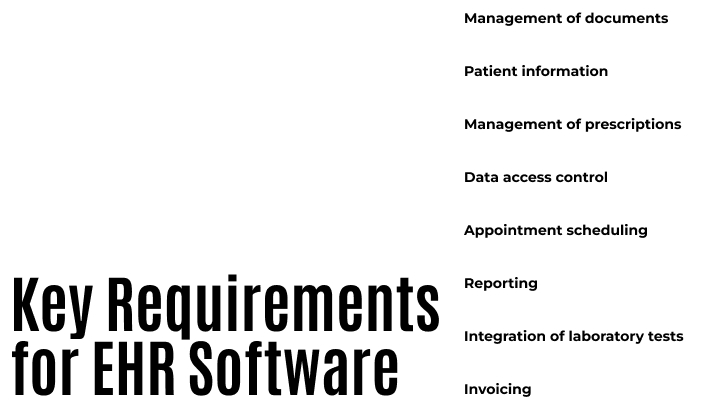
Process of EHR Software Development
There are several stages of EHR software development. You can check our case study for a medical facility’s Electronic Health Record web platform to improve your understanding of its development and implementation.
Requirements Gathering
In this stage, the development team gathers information about the client’s needs and the requirements of the end-users. This involves interviewing stakeholders, such as healthcare providers and administrators, to identify their specific needs and workflows. The team documents the functional requirements, technical specifications, and regulatory requirements that need to be considered during development. They may also create use cases and user stories to help ensure that the software meets the needs of the end-users.
Design
Based on the requirements gathered in the previous stage, the development team creates a design for the EHR software. The design typically includes the user interface, the database schema, and the architecture of the software. The team may use tools like wireframes or mockups to visualize the design and gather stakeholder feedback. They may also create detailed technical specifications and a software development plan, outlining the resources, time, and budget required to complete the project.
Development
In this stage, the development team begins coding the EHR software. They use programming languages, frameworks, and tools to build the software according to the design. The team may use an agile development methodology, such as Scrum, to ensure that the project stays on track and that any issues are addressed in a timely manner. During development, the team may also perform code reviews and conduct unit testing to ensure that the code is clean and meets quality standards.
Testing
Once the development is complete, the EHR software undergoes rigorous testing. This involves a variety of testing techniques, including functional testing to ensure that the software works as expected, performance testing to check the speed and efficiency of the software, and security testing to identify any vulnerabilities. The team may also conduct user acceptance testing (UAT), which involves end-users testing the software in a real-world setting to ensure that it meets their needs and works as expected.
Deployment
Once the EHR software has been thoroughly tested and is deemed ready for release, it is deployed to the production environment. This may involve installing the software on the client’s servers or making it available as a cloud-based service. The team may also provide training to end-users and healthcare providers to ensure that they understand how to use the software and can fully benefit from its features.
Maintenance
After the software is deployed, it requires ongoing maintenance to ensure that it continues to function properly. This may include fixing bugs, adding new features, and updating the software to comply with new regulations or industry standards. The team may also provide support to end-users, addressing any issues or concerns they may have with the software. Maintenance is an ongoing process that helps ensure that the EHR software remains up-to-date and effective in meeting the needs of healthcare providers and patients.
Signs If You Need Electronic Medical Record System
The Global Electronic Health Records (EHR) market size is projected to reach USD 52.98 Billion by 2027, with a Compound Annual Growth Rate (CAGR) of 9.3%. This suggests that the healthcare solution is gaining significant momentum.
Experiencing Difficulty Keeping Up with Paper Records
If you are experiencing challenges in managing and organizing your patient records on paper, it may be time to consider switching to an EMR system.
Time-Consuming Billing Process
If your billing process is time-consuming and prone to errors, an EMR system can automate and streamline the process, making it more efficient and accurate.
Difficulty Retrieving Patient Information
If you find it challenging to access patient information quickly and efficiently, an EMR system can provide instant access to patient data, including medical history, prescriptions, and lab results.
Difficulty Managing Appointments
If your practice struggles to manage patient appointments and scheduling, an EMR system can provide you with tools to simplify and automate the process.
Limited Access to Patient Information
If you have limited access to patient information, an EMR system can allow you to securely share patient data with other healthcare providers and improve care coordination.
Inefficient Workflow Processes
If your current workflow processes are inefficient and time-consuming, an EMR system can automate and streamline processes, resulting in greater efficiency and productivity.
Difficulty Tracking Performance Metrics
If you struggle to track and analyze key performance metrics, an EMR system can provide you with the data and tools you need to monitor and improve practice performance.
Compliance Issues
If you are struggling to meet regulatory compliance requirements, an EMR system can help ensure that you are compliant with HIPAA, HITECH, and other regulatory requirements.
Difficulty Keeping Up with Industry Trends
If you find it challenging to keep up with industry trends and new technologies, an EMR system can provide you with access to the latest tools and software to help you stay ahead of the curve.

Conclusion
In our EHR tutorial on how to develop EHR, we covered the process of creating an EHR system, including its benefits, features, and technology stacks, to help you make informed decisions regarding your project.
While some healthcare organizations may opt to purchase pre-existing software from third-party developers, developing your own EHR system from scratch has several advantages. Pre-built systems may only meet some of your specific requirements, making a custom-built solution potentially more cost-effective. Additionally, by developing your own EMR or EHR software, you can make changes and add new features quickly.
We are committed to providing you with the best possible service to meet your specific needs and requirements. Please don’t hesitate to let us know when we can assist you on how to create EMR software.













